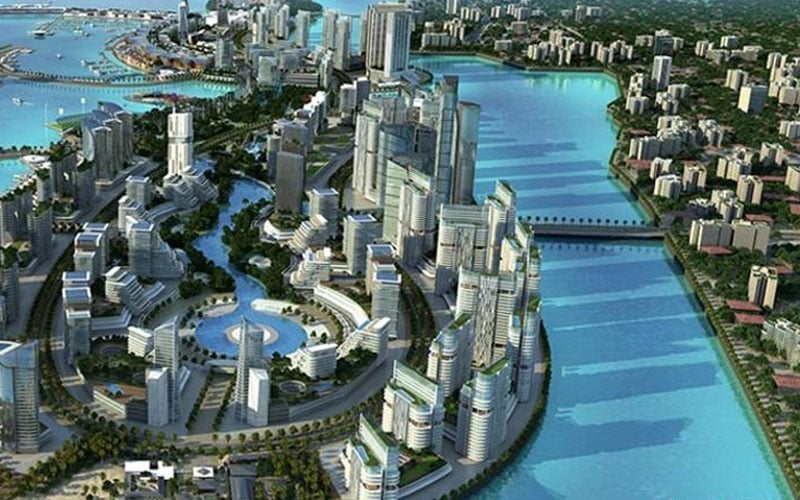SOS for Melaka’s beaches | Free Malaysia Today (FMT)


From Brian Bridges
For centuries, Melaka’s history has been inextricably bound with the sea, so why is there now such a rush to destroy that maritime heritage?
The state government’s much-vaunted Melaka Waterfront Economic Zone (MWEZ) plan seems to be driven by a desire to reclaim as much land as possible from the sea, regardless of the consequences to affected coastal communities, fishermen, tourism operators, and the existing wildlife and marine life.
In the process, one of the state’s last natural beaches will be irreparably damaged as a recreation area for residents and visitors.
2024 is designated as Visit Melaka Year, and visitors from across Malaysia and overseas are encouraged to explore the historic Unesco-recognised city centre, take a river cruise, sample the amazing food, and revel in the city’s multiculturalism. Yet, ironically, this year could also mark the end of one of the state’s landmark coastal areas.
Along the coastline north of Melaka, the MWEZ developers are now targeting areas of sea close to the small Tanjong Bruas port. One part of this new reclamation plan covers Pantai Puteri, the most popular beach in the state. Huge areas of sea in front of the beach will disappear. The reclaimed land will be used for industrial purposes, yet it will only be a mere 300m from this beautiful beach.
The state government recently planted trees along that beach, presumably to provide shade for visitors to sit and admire the sea view. Or, more likely from early 2025, to have a close-up look at the dirty and noisy construction work. Later, they can stare at the new factories and warehouses.
Similarly, in Tanjong Kling, close to Sungai Lereh, a small beach popular with families and amateur anglers recently was equipped by the state government with a small car park to improve access. Soon, however, visitors will be able to replace paddling, playing beach games and fishing with watching the “development” taking place an unbelievably 50m away from the existing coastline.
Experience has shown that creating such narrow artificial “lagoons” between “new” land and old coasts only impedes water flows, drives away marine life and causes smelly mud build-ups. Goodbye to the families of sea otters and rare hawksbill turtles.
On the other side of Melaka, the lifestyle of the historical Portuguese settlement already has been ruined by ill-conceived and poorly-executed reclamation around the infamous “white elephant” of the Melaka Gateway project.
Far from learning from this and other coastal disasters, the state government now wishes to do the same to local communities on the northern side. It is no wonder that one survey of the fishermen using Sungai Lereh and Pantai Puteri as their home bases showed 98% of them opposed this proposed development.
The people of Melaka welcome visitors – tourism is a crucial part of the local economy’s lifeblood. So, perhaps everyone should indeed visit Melaka in 2024, because if the state government has its way, by early 2025 the sand ships will arrive to start the latest destructive task of altering the Melaka coastline forever.
This SOS – save our seashores – needs to be heard by local politicians and developers wedded to the idea that the only way for Melaka to develop is to destroy its precious maritime legacy.
Brian Bridges is a retired professor who has been living in Melaka for almost a decade.
The views expressed are those of the writer and do not necessarily reflect those of FMT.
Desain Rumah Kabin
Rumah Kabin Kontena
Harga Rumah Kabin
Kos Rumah Kontena
Rumah Kabin 2 Tingkat
Rumah Kabin Panas
Rumah Kabin Murah
Sewa Rumah Kabin
Heavy Duty Cabin
Light Duty Cabin
Source























